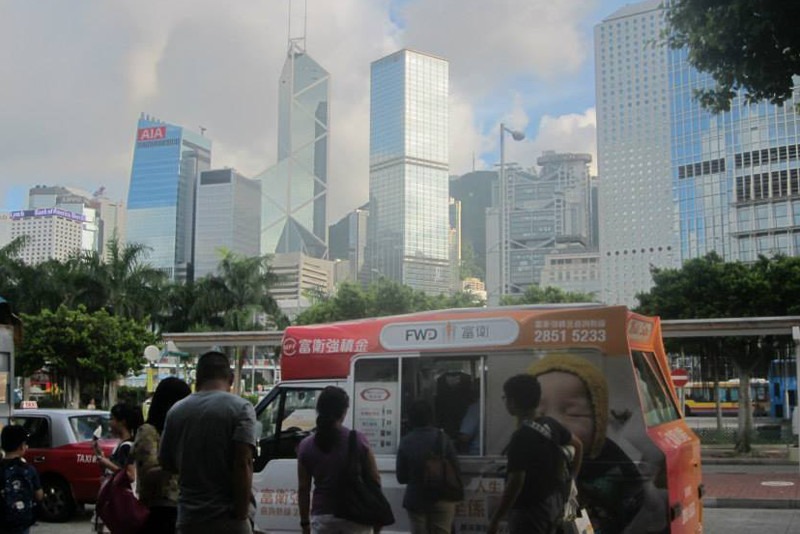
The Hong Kong SAR Government has been implementing several measures to protect itself as it moves into the cloud.
As others are hesitant to move to the cloud, Hong Kong’s Office of the Government CIO is readily embracing it and taking the necessary steps to ensure security for its G-Cloud Infrastructure.
In April 2015, with reference to the most recent ISO standards, the Government published “An Overview of ISO/IEC 27000 Family of Information Security Management System Standards” with a view to promoting wider adoption of international information security standards in Hong Kong. This demonstrates that the Hong Kong SAR Government is taking action to ensure security is an essential part of IT management and development.
OpenGov spoke to a spokesperson from the Office of the Government Chief Information Officer (OGCIO) of the Hong Kong SAR Government, about how they are ensuring protection in the cloud and what they are doing to frequently update and improve their security infrastructure.
“The information systems of the Hong Kong SAR Government (the Government) is protected by appropriate and adequate security controls and measures in commensurate with their nature of services and risk levels. The Government has implemented security measures including intrusion detection and prevention systems, access control systems, firewalls, anti-virus solutions, to monitor, detect and block suspected traffic to our computer systems and networks.
The Government Cloud Infrastructure and data centres are well protected by robust and secure solutions in full compliance with government security requirements and all data maintained are well protected by encryption technology. These installations are also accredited with international standards on International Organization for Standardization (ISO)/International Electrotechnical Commission (IEC) 20000 – information technology service management and ISO/IEC 27001 – information security management system for quality assurance in operations management and security controls.”
The Hong Kong SAR Government, with a view to assuring that the implemented security measures are appropriate and adequate to meet the new challenges, has put regular security risk assessment of government websites in place.
In addition to the regular risk assessments performed by individual departments, the Office of the Government Chief Information Officer (OGCIO) conducts health scanning exercise on all public-facing government websites to reassure their security risk and defensive capabilities.
Moreover, we were informed that the Government arranges advanced cyber security internal training for information security practitioners.
”This provides refresher training to system administrators with a view to enhancing overall cyber security capabilities and improve the knowledge and skills of staff in addressing the challenges of emerging cyber threats,” said the OGCIO spokesperson.”
To enhance the awareness of cloud computing services and security standards among various stakeholders, the Government continues to drive the development and adoption of cloud computing through workshops, expert group meetings and the InfoCloud Portal (www.infocloud.gov.hk).
















